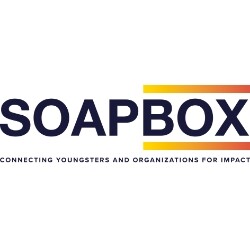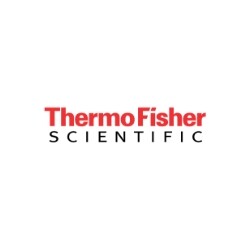Category: People
T.E.S.T.
Team info
Clusters
We are looking for new team members with the following skills
Do you have an affinity with (bio)chemistry or are you interested in electronics, physics or programming? And do you want to improve healthcare? And work together with a motivated team on creating a biosensor? Contact us to join!
Contact usThe Mission
The goal of T.E.S.T. is to engineer an efficient, affordable and easy-to-use biosensor, hereby contributing to improving healthcare and people’s quality of life. With the created sensor we participate in the SensUs competition in Eindhoven, where teams from over the whole world come to test who has made the best biosensor. Each year a new team assembles to tackle a new problem with a new biosensor, learning what aspects are important in creating a biosensor and how to bring this biosensor to the market.
The Challenge
Every year, about 64–74 million people get Traumatic Brain Injury (TBI) with physical symptoms like headaches, but also cognitive, behavioral, and mental disturbances, like memory loss and sleeping problems. However, it is often difficult to determine how severe the injury is at the moment the injury occurs, while it is essential to know this to decide which treatment to give to the patient. Consequently, a new method is needed to quickly determine the seriousness of the injury, so the required treatment can be rapidly and easily decided.
The Solution
With T.E.S.T. we are creating a biosensor that can measure the concentration of Glial Fibrillary Acidic Protein (GFAP), which is an intermediate filament in the astrocytes in the brain. This protein enters the bloodstream when someone has Traumatic Brain Injury. It is important to measure the concentration of GFAP in patients with Traumatic Brain Injury, to see how bad the injury is and what treatment is needed, since the concentration is related to the severity of the injury. This sensor will be a point-of-care sensor, which means that it can be easily used on the location of the accident, is user-friendly and cost-effective. The rapid measurement will help the diagnosis and thereby the recovery of many patients can be improved.



